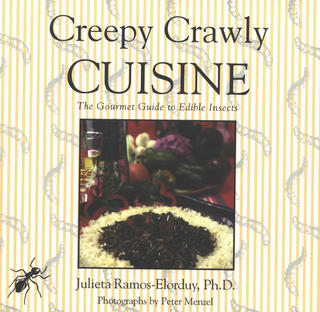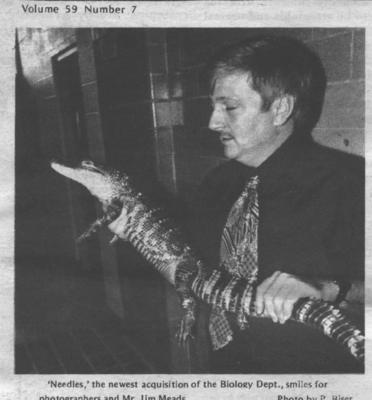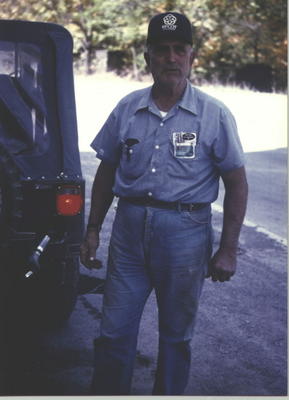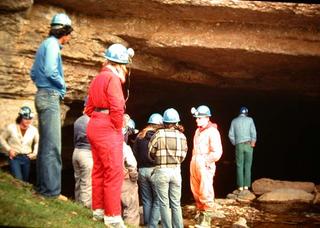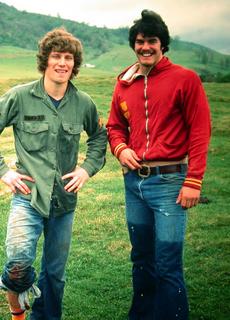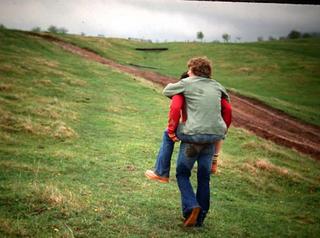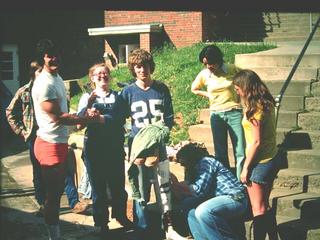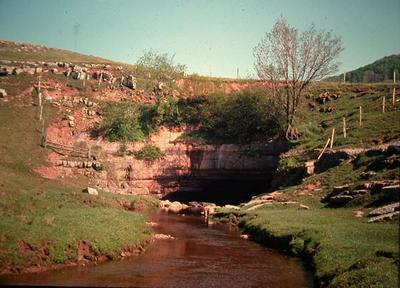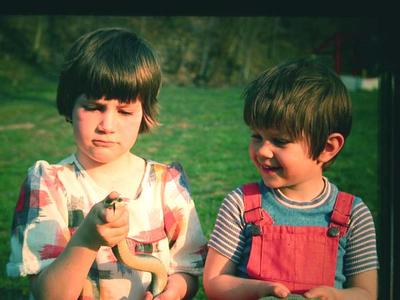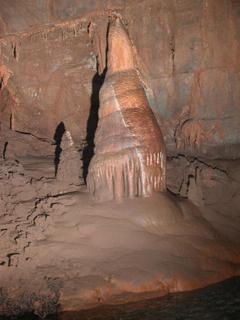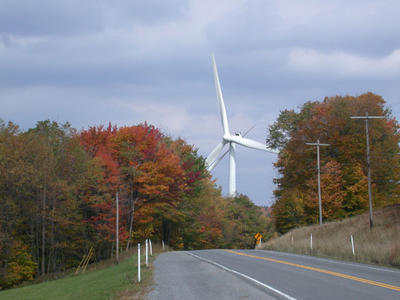
Windmills and Bats
As one travels from Thomas to Parsons on Rt. 219 South, you will come upon the energy producing windmills that are part of the Mountaineer Wind Energy Center in Tucker County, WV. The 44 wind turbines are huge structures, 345 feet in height, scattered throughout the ridge tops of Backbone Mountain.
Windmills appear to be a renewable or “green” energy source, but in reality many folks believe that these machines are very inefficient, not really benign environmentally, and, in truth, much more of a tax-avoidance scheme than an energy-generating facility.
Rep. Alan Mollohan, US Congressman, WV, stated, “Heaven knows that West Virginia has always stepped up to the plate to contribute to our nation’s energy security. But we now have a situation where speculators are staking claim to some of our most scenic areas and erecting these monstrosities that produce little energy and are made possible only by a tax credit.”
The wind energy industry is highly dependent on its clean, green image because wind-generated electricity cost more than other sources. People are willing to pay for extra for wind power if they believe that it is a renewable and non-polluting form of energy.
Environmentalists are very concerned about the building and placement of these turbines in sensitive environmental areas. Wildlife and industry people have learned recently that the turbines have posed a major threat to wildlife and especially bat populations. Bats and ridge top wind turbines are a deadly combination.
A 2003 study showed that the Mountaineer wind turbines on Backbone Mountain killed an estimated 2,092 bats. Each year the bat kill could be greater. Merlin Tuttle is director of Bat Conservation International in Austin, Texas. Tuttle called the 2003 bat kill “by far the largest bat mortality event I know of worldwide”.
Personally, I hate to see these mammoth structures placed in an area that is home to a wide variety of mountain animals and plants. The forest ridges that were once supporting red spruce, lichens, and vast carpets of moss are now bare areas that support concrete towers with great generators. Tis sad!



